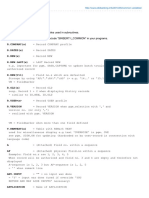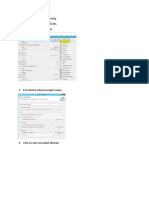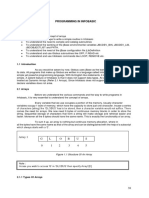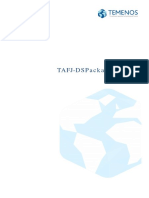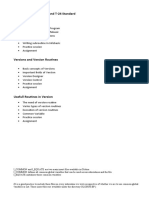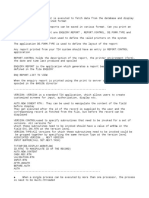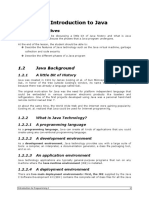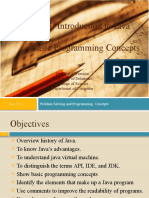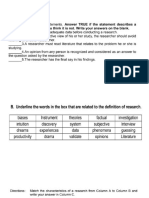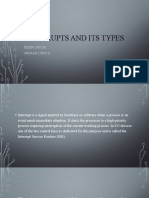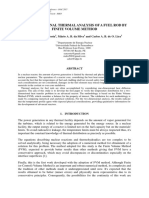100% found this document useful (1 vote)
375 views13 pagesL3 IntoductionToJava
This document provides an introduction to Java programming, including:
- Java is an object-oriented language designed for consumer devices and is platform neutral.
- The Java environment consists of the JDK for development and the JRE for execution, including the Java Virtual Machine.
- A simple Java program defines a class containing a main method that uses print statements to output messages.
Uploaded by
Rohit SenCopyright
© © All Rights Reserved
We take content rights seriously. If you suspect this is your content, claim it here.
Available Formats
Download as PDF, TXT or read online on Scribd
100% found this document useful (1 vote)
375 views13 pagesL3 IntoductionToJava
This document provides an introduction to Java programming, including:
- Java is an object-oriented language designed for consumer devices and is platform neutral.
- The Java environment consists of the JDK for development and the JRE for execution, including the Java Virtual Machine.
- A simple Java program defines a class containing a main method that uses print statements to output messages.
Uploaded by
Rohit SenCopyright
© © All Rights Reserved
We take content rights seriously. If you suspect this is your content, claim it here.
Available Formats
Download as PDF, TXT or read online on Scribd
/ 13








